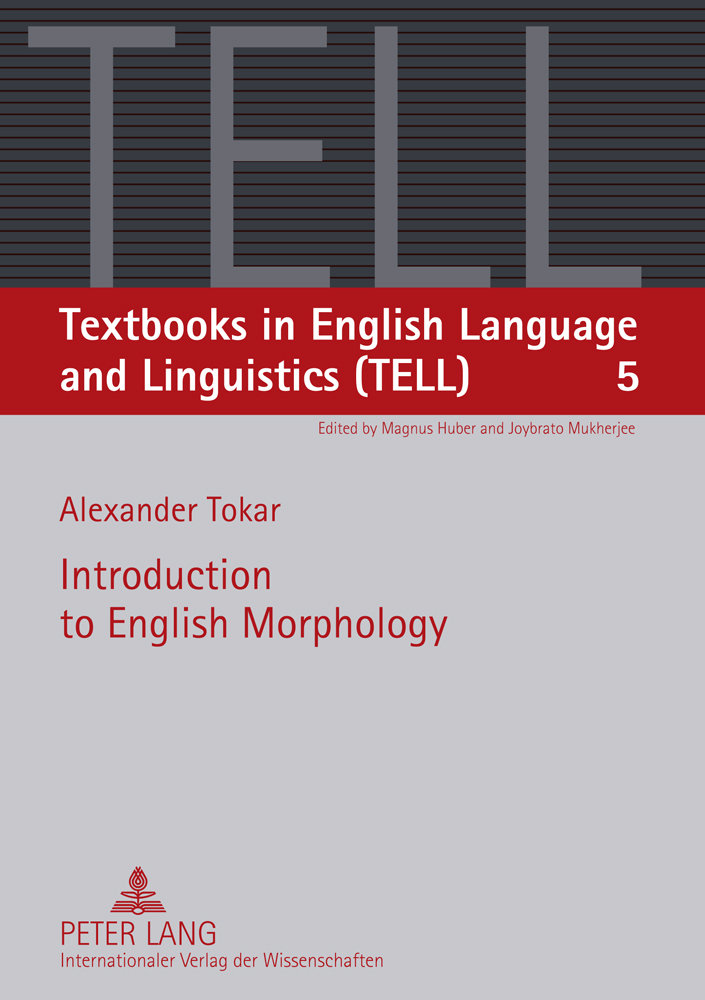Morphology is the branch of linguistics that studies the internal structure of words, word-formation mechanisms that give rise to new words, and mechanisms that produce wordforms of existing words. Intended as a companion for students of English language and linguistics at both B.A. and M.A. levels, this textbook provides a comprehensive overview of the entire field of English morphology, including English word-formation and English inflectional morphology. The textbook discusses not only basic introductory issues requiring no prior background in linguistics but also fairly controversial theoretical issues which different linguists treat in a different way. As in the previous volumes of the TELL Series, most of the analyses are illustrated with authentic language data, i.e. examples drawn from language corpora like the Corpus of Contemporary American English and British National Corpus.



